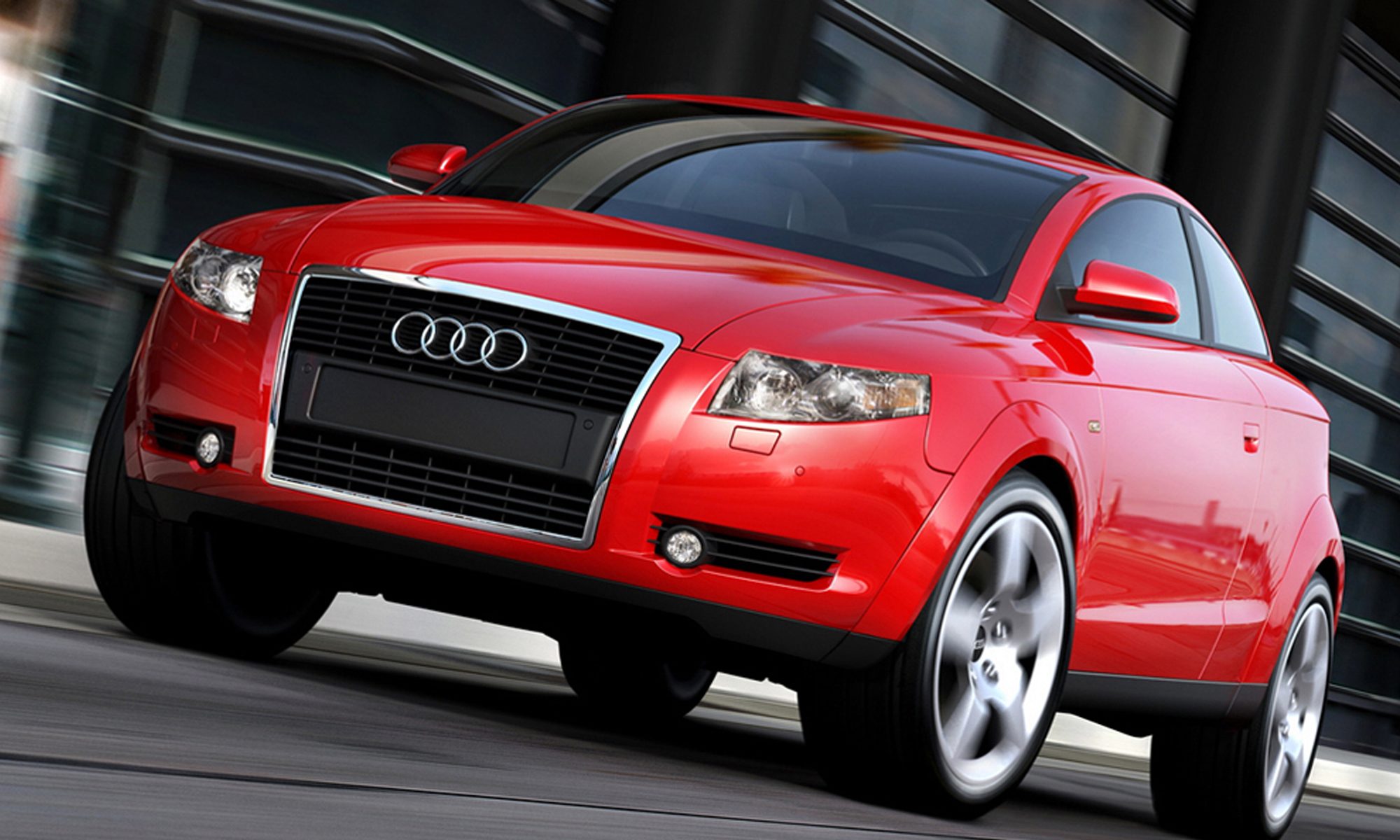Audi has unveiled the third opus of its modern classic TT. The TT Mk1 is an icon of design. The TT Mk3 is certainly close to being another one, especially with its interior…
In 1998, the design of the TT was a revolution. Geometrical shape, strong design language.
The Audi Design team ‘lost the plot’ to some extent with the Mk2, which was less interesting in terms of design, very common in its shape and image. But the designers have now come back to their roots.
This Mk3 version is very muscular and stands very low to the ground. The large wheel arches amplify that feeling. The flat greenhouse gives the impression of a cockpit. The car is wide and low — very sporty. The six sided grill appears to be more three dimensional. The lower air-intake line (on the normal version) gives the impression of a floating grill. This nice impression is lost on the TTS, but the side intakes compensate for this loss… The addition of slim headlamps gives a little bit of aggressiveness, just enough…
The interior is very simple, designed with the idea that “less is more”… Pure lines are used giving the impression that the dashboard is floating.
There is no central screen anymore. Everything is grouped in front of the driver with a so called “Virtual cockpit” meaning that the cluster is made of a single customizable screen.
You can choose to have the speedometer showing, the Navigation and/or any function of the MMI.
There is no doubt that this design will initiate a new fashion and new possibilities in cluster design. We are used to the smartphone and smart TV, let’s be sure that we will very soon talk about smart IP’s…
Seen from above, the instrument panel resembles the wing of an aircraft. Designers have kept the round air vents, which is a signature of the TT, now with a turbine-like design. Perhaps most importantly, the center of the vents contain all the controls for the air conditioning system. There are less buttons in the centre area of the panel and the centre console, less controls. And everything seems to be very simplified…We can agree that in such a design, less is certainly more…
With the TT Quattro Concept show car that was also shown in Geneva, Audi wanted to demonstrate what technology can do if used in an efficient way. Audi also wanted to promote the fact that smaller engines can give a lot of power and sensation to the driver. Which means that they plan to reduce cylinders and engine size in future production cars to improve fuel economy and emissions without giving away the essence of the automobile…what we call driving pleasure…









































































































Vous devez être connecté pour poster un commentaire.